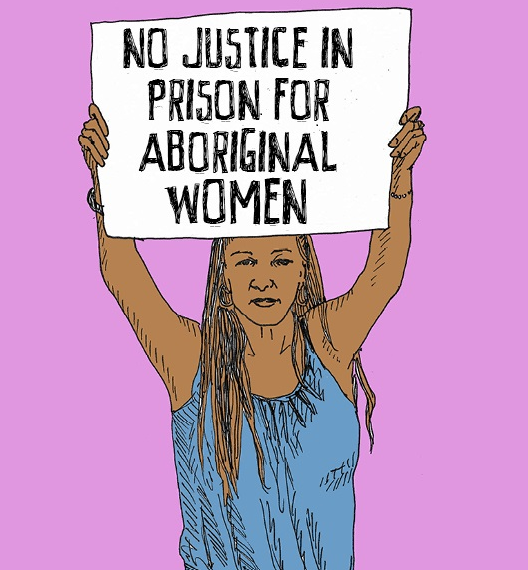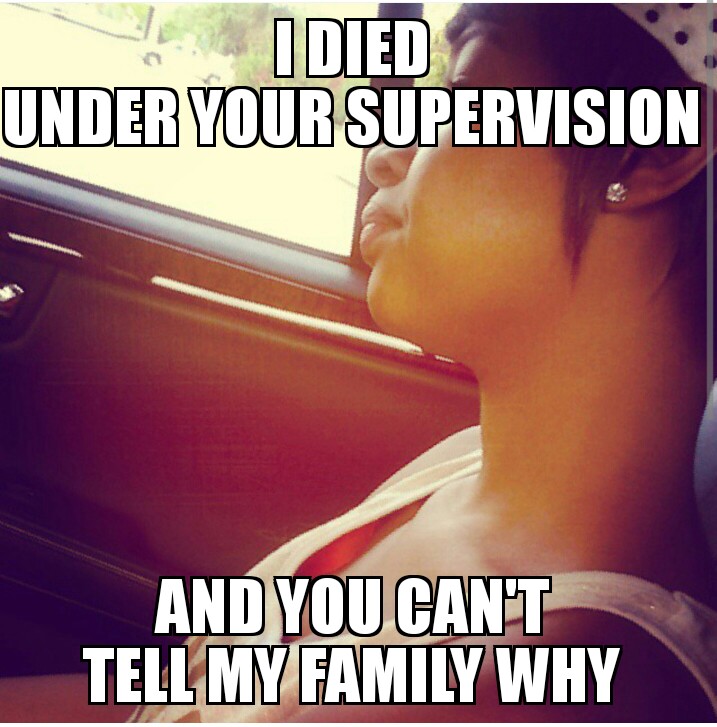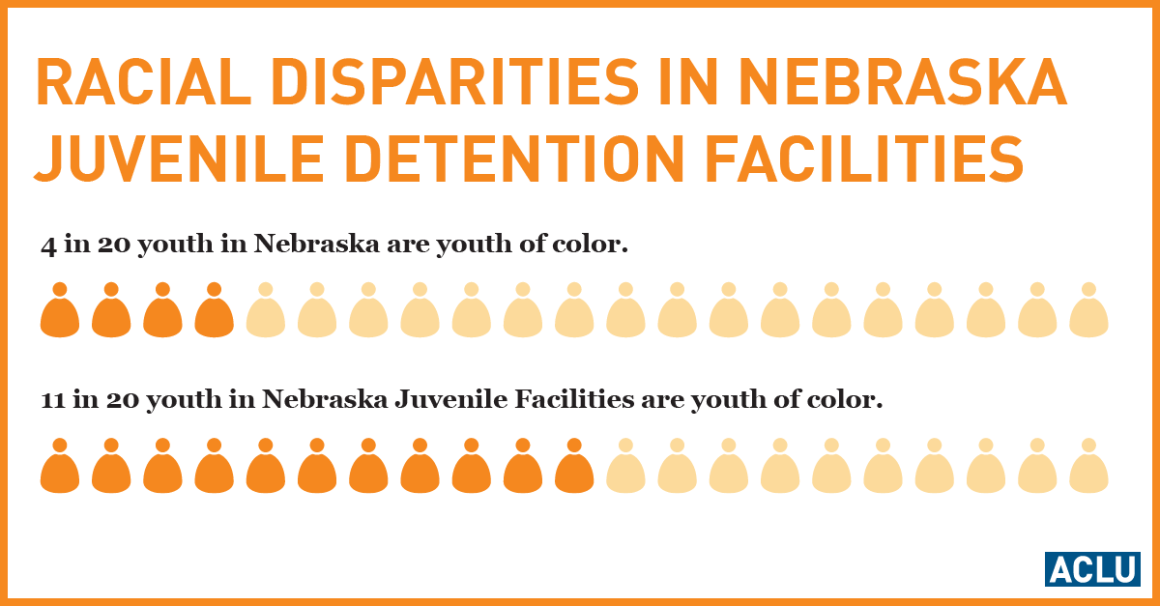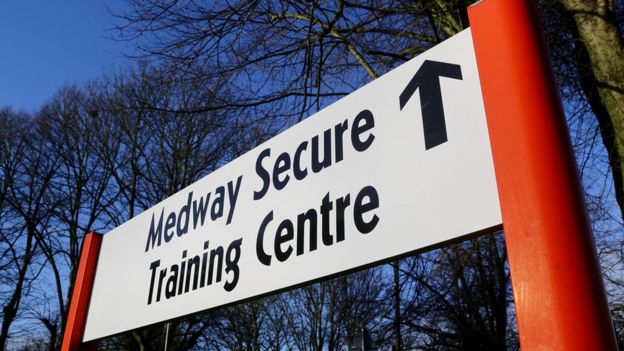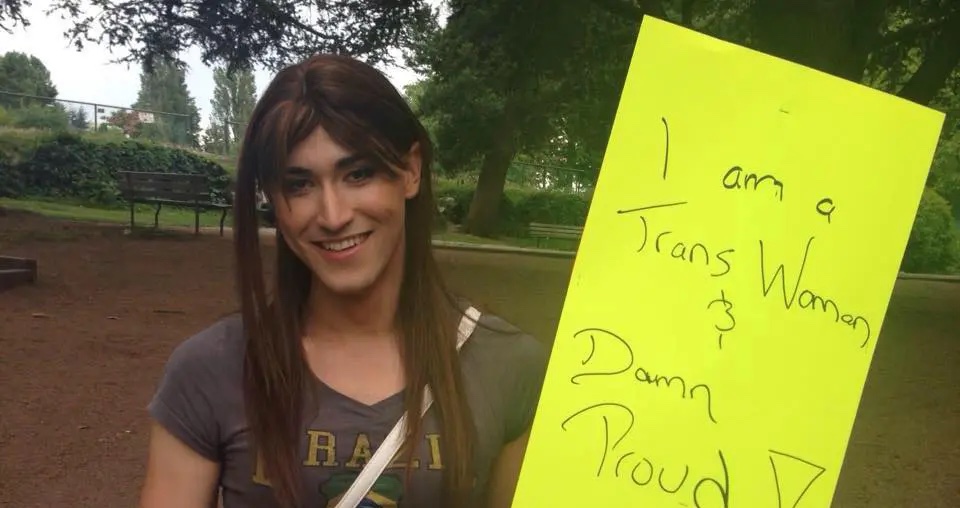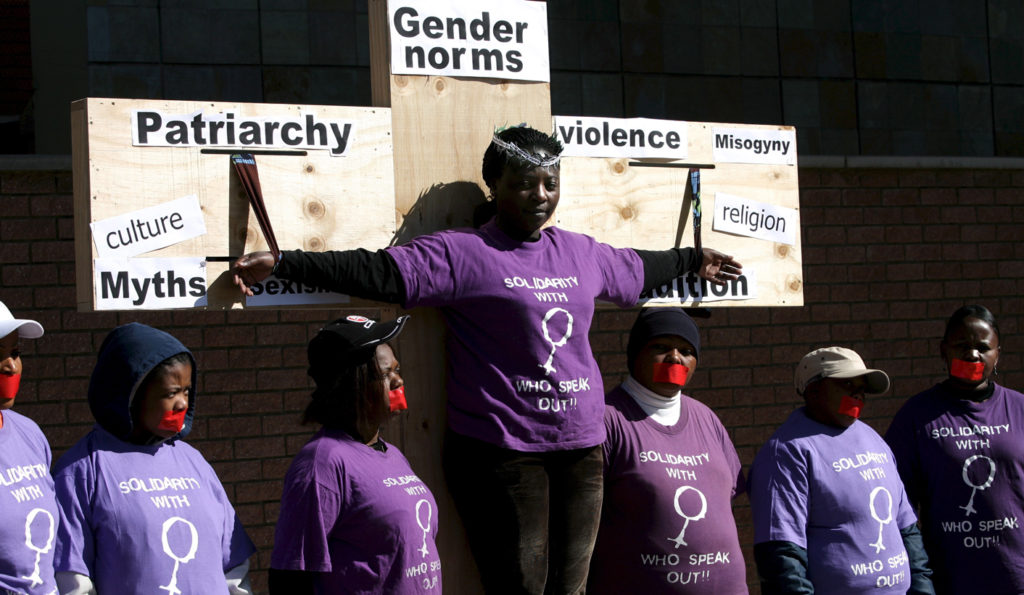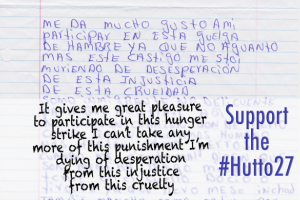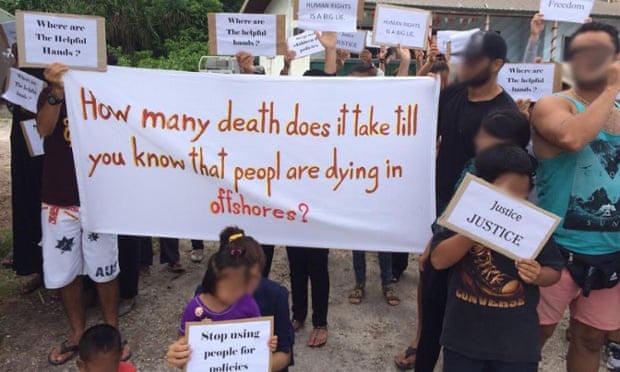Susana Arévalo Hernández and her two children have left the South Texas Family Residential Center, that special hell the United States paid Texas to build in Dilley. Arévalo was one of a number of women and children picked up in raids in early January, picked up, thrown around, and dumped into cages like so much trash. Since her imprisonment, Arévalo has suffered seven epileptic seizures. Her six-year-old son lives with a learning disability. What happened to Susana Arévalo Hernández is the ordinary torture of women who seek asylum.
Susana Arévalo Hernández fled gang violence in El Salvador to run straight into State violence in the United States. According to various reports, ICE agents lied to gain access to her home, and herself and her children. Doctors report that her condition in detention imperils her health and life. Lawyers report that every day in prison is a further violation of her and her children’s human rights and rights to due process. None of this matters. While Arévalo walked, other women and children remain in Dilley detention.
Here’s what should matter: “Every time I have a seizure, I think I’m not coming back. I don’t want my children to see that.” A mother’s concern for her children should matter. It doesn’t.
Susana Arévalo Hernández was one of seven women who wrote a letter to President Obama, which reads, in part: “We are the mothers, victims of the raids … We would like to ask you for our freedom from this unjust detention … We complied with everything that was asked of us, but the system that failed us, just because we came to this country to seek protection, because we couldn’t go back to our countries of origin due to being exposed to so much violence and threats against us and our children. That’s why we came to this country to request asylum … We are not criminals who you have to keep locked up. We have not committed any crime and it is unjust that our children, at such an early age, know what it’s like to be in a jail under guard 24 hours, when at this moment they should be in school living life with dignity like every child deserves to … We need to be free as human beings to be able to fight our cases outside with dignity.”
Ana Silvia Orellana, Dominga Rivas, Elsy Monge López, Gloria Díaz Rivas, Isamar Sanchez Chicas, Marta María Hernández and Susana Arévalo Hernández signed that letter. They represented 12 families imprisoned in Dilley and Berks County, in Pennsylvania. The twelve families add up to 33 women and children. This is the arithmetics of asylum in the United States today: lies, violence, indignity, criminalization, and more intense violence. Why must a Central American woman be on death’s door to get a hearing? Why must Central American children and their mothers live in an atmosphere of fear and a reign of terror? What sort of democracy is that?
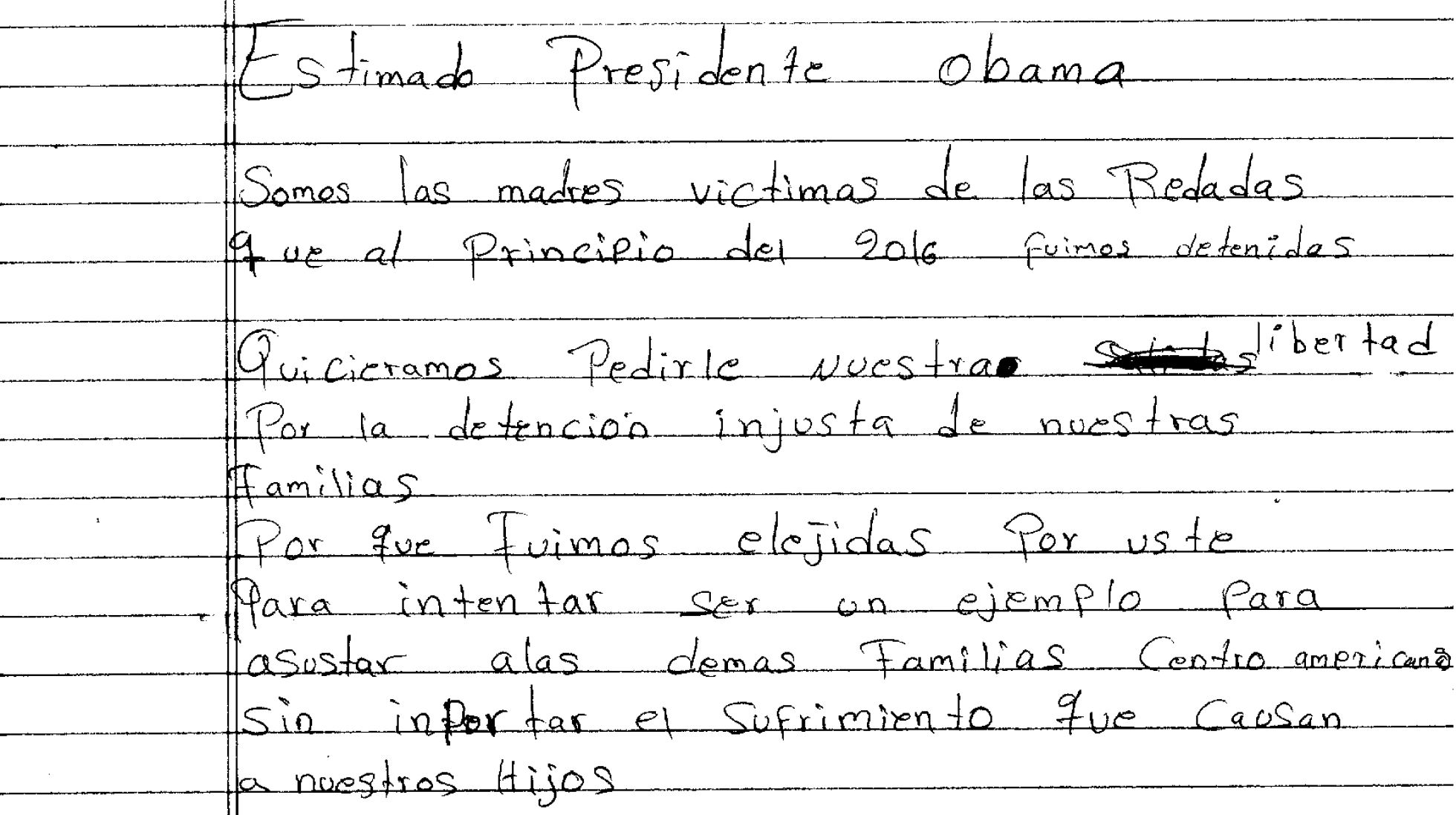
Dear President Obama … We are the mothers
(Image Credit: El Pais)
